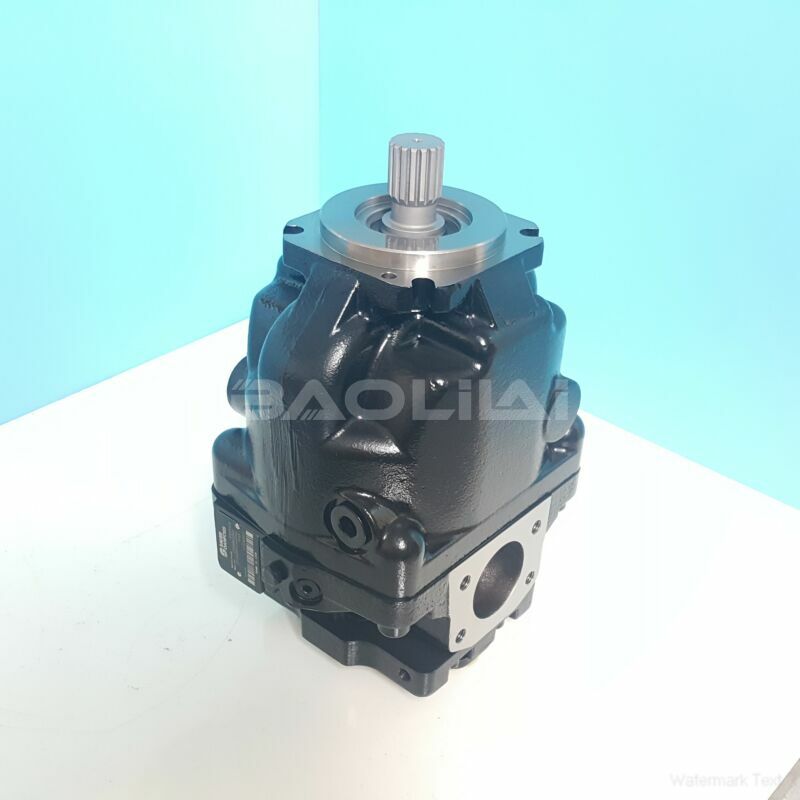ERL130BBS3120NNN3S1CPA1NAAANNNNNN piston pump
ERL130BBS3120NNN3S1CPA1NAAANNNNNN piston pump

- Product Details
- Applicable Scene
Hydraulic pumps are essential components in hydraulic systems, often regarded as the heart of the system. They convert mechanical energy into hydraulic energy through the pressurization of fluid. Understanding the various types of hydraulic pumps is crucial for selecting the right one for specific applications, optimizing performance, and enhancing fluid control. This article explores the most common hydraulic pump types, their operating principles, and their typical applications.
ER-L-130B-BS-31-20-NN-N-3-S1CP-A1N-AAA-NNN-NNN
ERL130BBS3120NNN3S1CPA1NAAANNNNNN
The two main categories of hydraulic pumps are positive displacement pumps and non-positive displacement pumps. Positive displacement pumps deliver a constant flow rate regardless of the pressure, while non-positive displacement pumps provide variable flow rates that depend on the input speed and pressure.

83002192
Positive displacement pumps can be further divided into two primary types: gear pumps and piston pumps.
Gear Pumps: Gear pumps are one of the most commonly used types of positive displacement pumps. They operate using two interlocking gears that trap fluid between them, transferring it from the inlet to the outlet. These pumps are known for their simplicity, reliability, and compact design. They are ideal for applications requiring a consistent flow rate, such as lubrication systems and hydraulic power units.
Piston Pumps: Piston pumps utilize one or more pistons reciprocating within a cylinder to generate fluid flow. They can be classified into axial piston pumps and radial piston pumps. Axial piston pumps have pistons arranged parallel to the drive shaft, while radial piston pumps have pistons arranged radially around the drive shaft. Piston pumps are known for their high efficiency and ability to handle high pressures, making them suitable for applications in mobile machinery, heavy equipment, and industrial systems.





